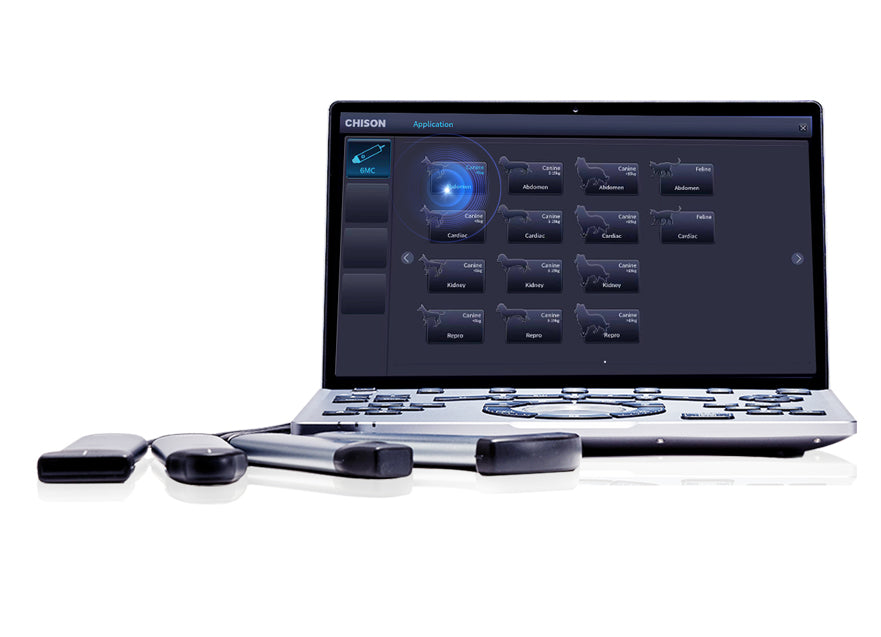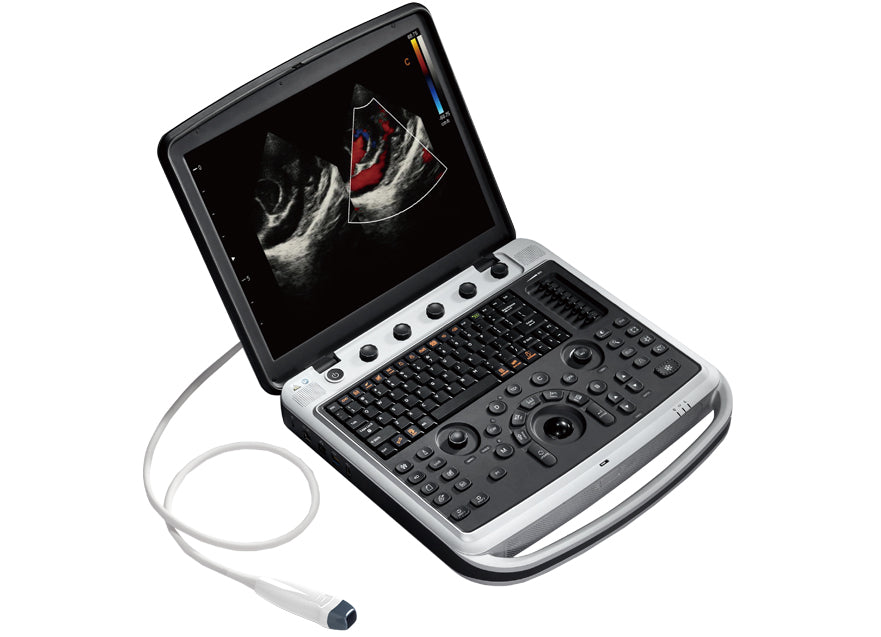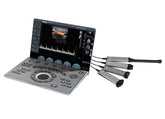Scope of use of veterinary ultrasound
Veterinary ultrasound has a wide range of applications and multiple functions in the veterinary field. First, let's take a look at its scope of use:
Scope of use
Disease diagnosis: Veterinary ultrasound can clearly image the internal organs and tissues of animals, helping veterinarians to detect potential diseases and abnormalities early, such as gastrointestinal diseases, hepatobiliary system diseases, spleen problems, urinary tract problems, and vascular system lesions.
Surgical assistance: During the operation, ultrasound can provide real-time guidance and monitoring to help veterinarians accurately locate the surgical site, evaluate the surgical effect, and minimize surgical trauma.
Treatment monitoring: Ultrasound technology can also be used for treatment monitoring, such as observing changes in the size and position of tumors, evaluating the treatment effect, and guiding the adjustment of subsequent treatment plans.
Pregnancy detection: In animal reproduction, ultrasound technology has a wide range of applications. By observing the development of the fetus and indicators such as heartbeat, the pregnancy of the animal can be determined, and pregnancy examinations and related disease prevention work can be carried out.
Reproductive Management: Ultrasound also plays an important role in reproductive management of horses, such as pre-breeding assessment, monitoring ovarian activity, investigating behavioral and hormonal issues, as well as early detection of pregnancy and management of twin pregnancies.
Efficacy

Non-invasive: Veterinary ultrasound technology does not require surgery or the use of harmful methods such as radiation on animals, and can perform accurate examinations and diagnoses without damaging animal tissues.
Real-time imaging: Ultrasound can provide real-time images and videos, allowing veterinarians to observe and evaluate the operation of animal organs, tissues and blood flow, so as to make more accurate diagnoses.
Versatility: Ultrasound technology can not only perform conventional ultrasound examinations, but can also be applied to multiple animal breeds and different parts of the body, such as the abdomen, chest, heart, etc. through different probes and modes.
High resolution: Veterinary ultrasound equipment has high-resolution image display capabilities, which can clearly show small structures, blood vessels and abnormal changes.
Economic benefits: By improving the accuracy and timeliness of diagnosis, veterinary ultrasound technology helps to reduce problems such as empty stalls and feed waste rates, thereby improving economic benefits and management levels.
In general, veterinary ultrasound is an important tool in the veterinary field with a wide range of applications and multiple functions. It is of great significance for protecting animal health and improving breeding efficiency.











